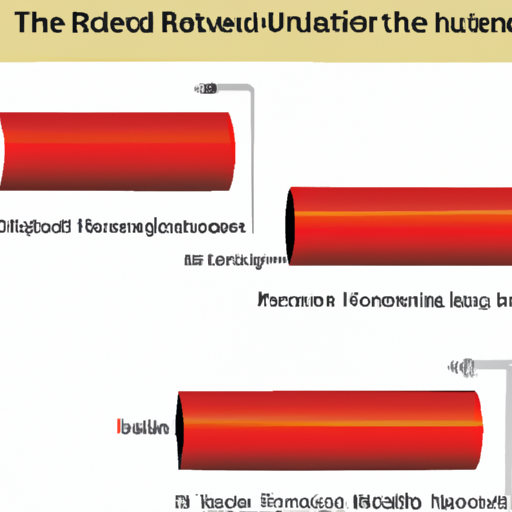
Heat resistance grades for thick wall tubes are classified based on their ability to withstand high temperatures without deforming or losing their structural integrity. These grades are important in various industries where heat resistance is a critical factor, such as in the manufacturing of boilers, heat exchangers, and other high-temperature applications.

One of the most widely used classification systems for heat resistance grades is based on the material composition of the tube. Different materials have varying levels of heat resistance, with some being able to withstand higher temperatures than others. For example, stainless steel tubes are known for their excellent heat resistance properties, making them suitable for applications where high temperatures are a concern.
Another classification system for heat resistance grades is based on the maximum temperature at which the tube can operate safely. Tubes are typically classified into different grades based on their maximum operating temperature, with higher grades indicating a higher level of heat resistance. For example, a tube with a heat resistance grade of 500°C can safely operate at temperatures up to 500°C without deforming or losing its structural integrity.
It is important to select the right heat resistance grade for thick wall tubes based on the specific requirements of the application. Factors such as the operating temperature, the duration of exposure to high temperatures, and the type of heat source all play a role in determining the appropriate heat resistance grade. Using a tube with a lower heat resistance grade than required can result in premature failure and costly repairs, while using a tube with a higher heat resistance grade than necessary can lead to unnecessary expenses.
In addition to selecting the right heat resistance grade, it is also important to consider other factors that can affect the performance of thick wall tubes in high-temperature applications. Factors such as thermal expansion, thermal conductivity, and corrosion resistance can all impact the overall performance of the tube and should be taken into account when selecting a heat resistance grade.
In conclusion, heat resistance grades for thick wall tubes are classified based on their material composition and maximum operating temperature. Selecting the right heat resistance grade is crucial for ensuring the safe and reliable operation of thick wall tubes in high-temperature applications. By considering factors such as operating temperature, duration of exposure to high temperatures, and other performance characteristics, engineers and designers can choose the most suitable heat resistance grade for their specific application.



